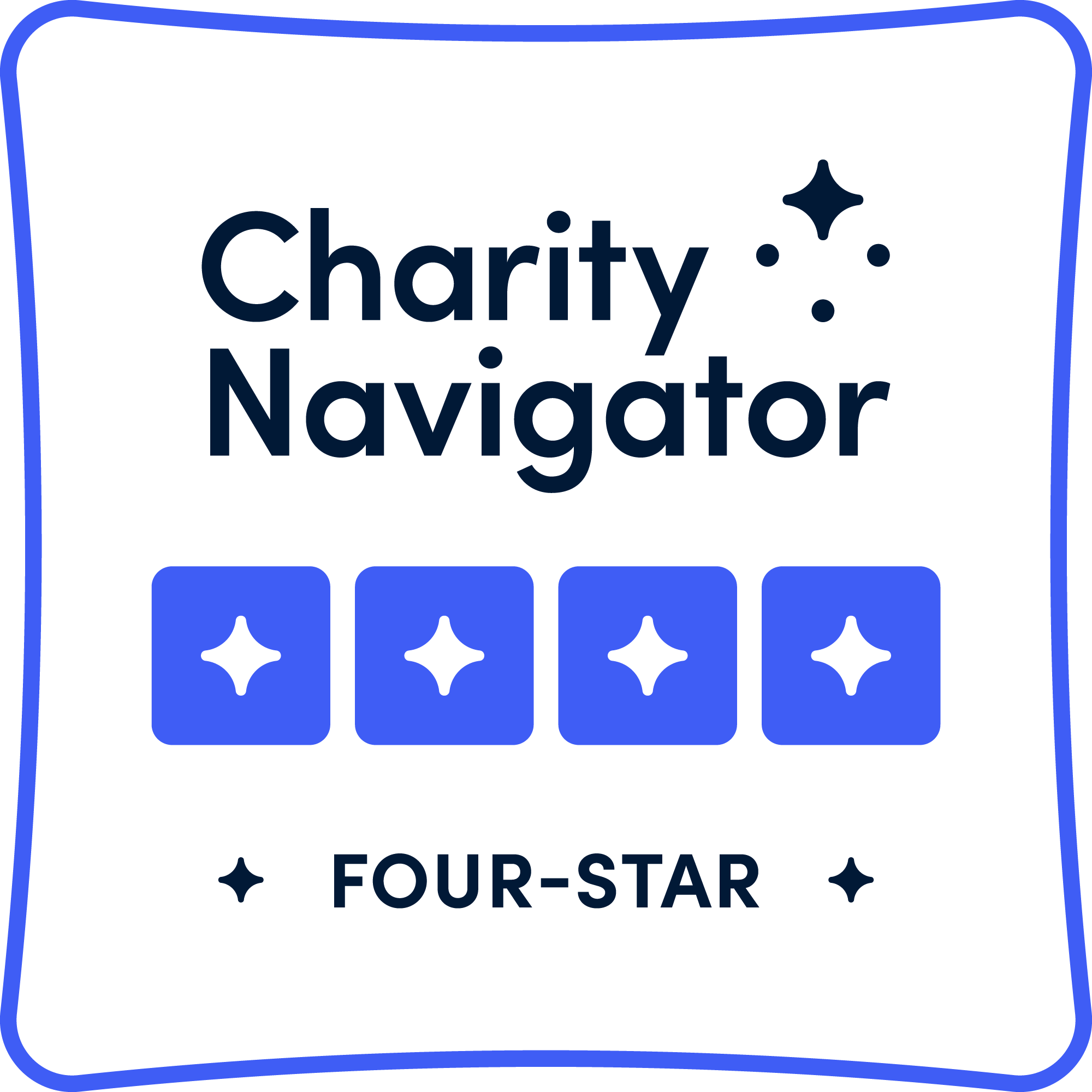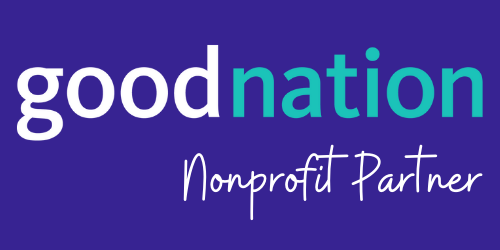Consuming Sustainably
HIGHLIGHTS
- Today, in less than nine months, humans consume more resources than our planet produces in a year, and our rate of consumption continues to grow.
- To promote sustainable consumption, ideas42 partnered with the United Nations Environment Programme (UNEP) to outline potential applications of behavioral insights.
- Our final report—Consuming Differently, Consuming Sustainably—provides evidence-based insights from behavioral science and calls on policymakers and practitioners to incorporate the proven behavioral approach into their processes and toolkits today.
The Challenge
Human demands on Earth’s natural resources have outpaced what can be produced. A shift to more sustainable growth is dependent on changes in current patterns of both production and consumption. While recent policy has largely focused on addressing production and supply, consumption and demand must also be addressed. Today, in less than nine months, we consume more resources than our planet produces in a year, and our rate of consumption continues to grow. We are in a time of flux in the world economy, where the growth of emerging economies is driving a rise in consumption across the globe. An increasing number of households in developing economies are joining the consuming class; experts estimate 2-3 billion additional middle-class consumers will be added by 2050.
Our Approach
To address this challenge, ideas42 worked with the UN Environment Programme (UNEP) to shed light on promising opportunities to use insights from behavioral science to promote sustainable consumption in economies across the globe. The report—Consuming Differently, Consuming Sustainably—provides evidence-based insights from behavioral science and calls on policymakers and practitioners to incorporate the proven behavioral approach into their processes and toolkits today.
Results
Consuming Differently, Consuming Sustainably details five key behavioral barriers to sustainable consumption. It also includes concrete examples of how behavioral science has been successfully coupled with policy to cost-effectively achieve sustainable consumption.
The top 5 behavioral barriers to sustainable consumption include:
- Many “choices” in consumption are often habitual behaviors
- Consequences of consumption are often hard to see
- Sustainable consumption may not seem personally relevant
- Behavior is influenced by peers and social groups
- It can be hard to follow through on sustainable choices
Takeaway
Designing policy and interventions to address these barriers can lead to cost-effective and practical solutions. This report includes several examples of behavioral solutions successfully applied to key consumption areas, including energy, water, transportation and mobility, food and diet, and waste and disposal. To achieve more sustainable outcomes, policymakers and practitioners should incorporate behavioral science into their policy processes, capacity building, and research efforts. By using the deep understanding of decision-making offered by behavioral science, policymakers can design more effective policies to shift consumption patterns and achieve the Sustainable Development Goals (SDGs).
Interested in learning more about this work applying behavioral science to a crucial social problem? Reach out to us at info@ideas42.org or tweet at @ideas42 to join the conversation.



